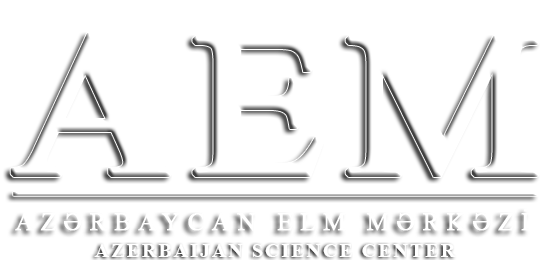https://doi.org/10.36719/2789-6919/43/110-116
Ali Zalov
Azerbaijan State Pedagogical University
Doctor of Science Chemistry
https://orcid.org/0000-0002-2171-8906
zalov1966@mail.ru
Surayya Isayeva
Azerbaijan State Pedagogical University
PhD in Mathematics
https://orcid.org/0009-0000-9488-181
Radioactive decay
Abstract
The study of the excited stateof molecules is one of the importent fields of quantum physics and chemistry. These studies are based on differential equations. Parameters such as energy levels, transition rates and average lifetimes are determined during the transition of a molecule from an excited state to its ground state. The excited state of a molecule is a state in which the energy level is increased by external influences. These states are not stable and the molecule transitions to the ground state after a certain period by emitting energy. Kinetic equations are used to calculate the average lifetime of the instability of the excited state by associating the molecule’s transition rate constant with time-dependent changes in the state. This is of great importance for the application of quantum mechanics and the theoretical justification of experimentally observed results.
Keywords: separable differential equation, rate of change of the function, initial condition, decay costant, radioactive substance, particular solution, half life, average lifetime in the excited state, general integral, order of reaction, concentration of the substance, average rate of reaction, integral, radioactive decay

